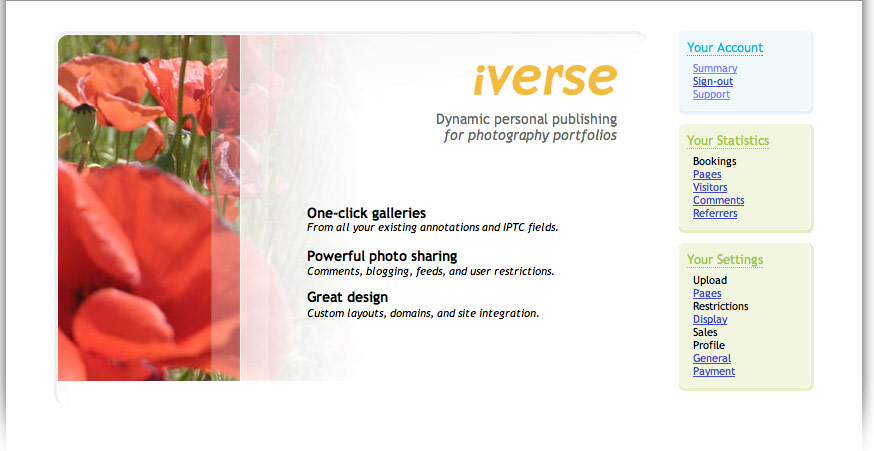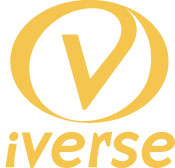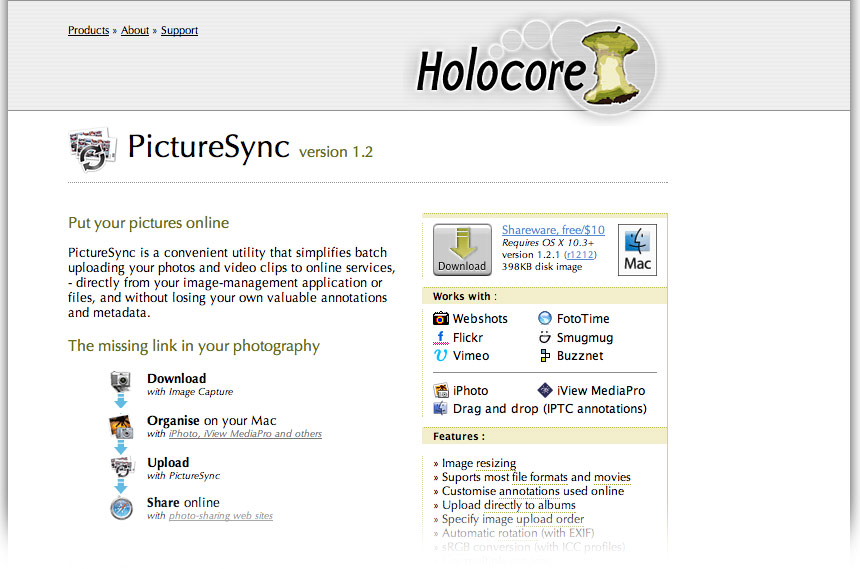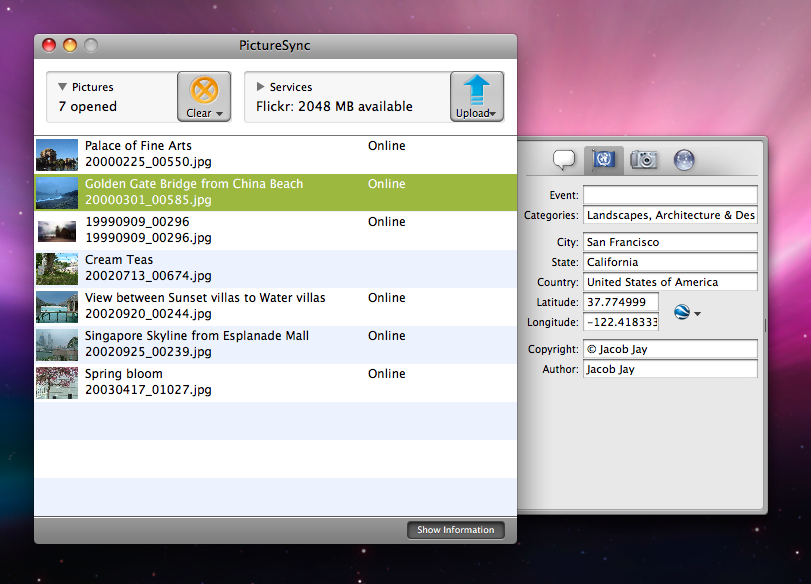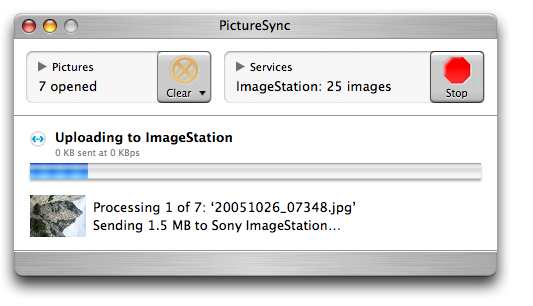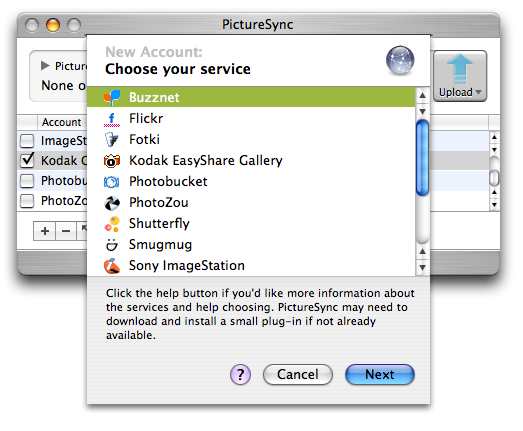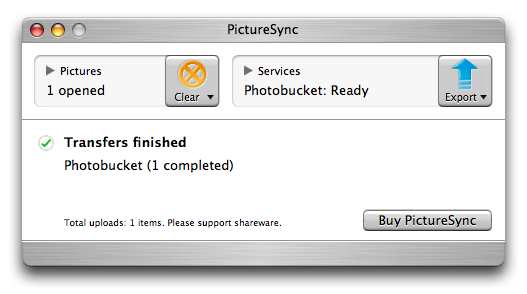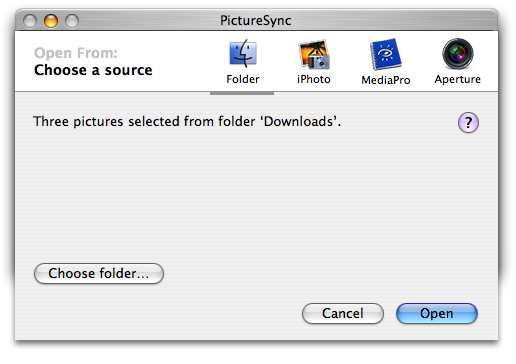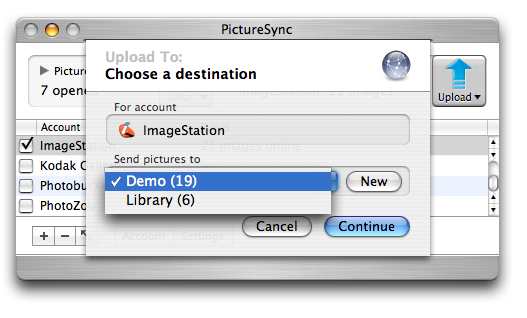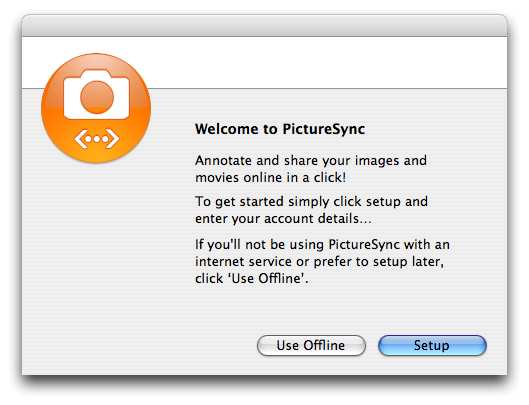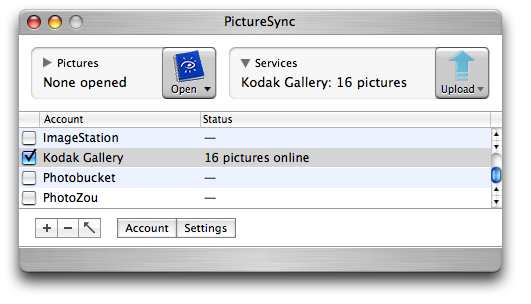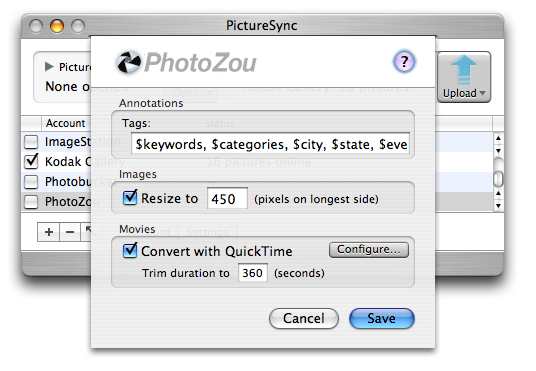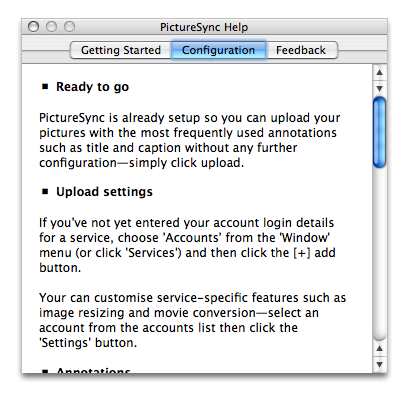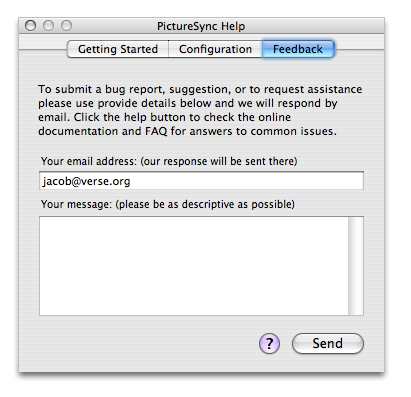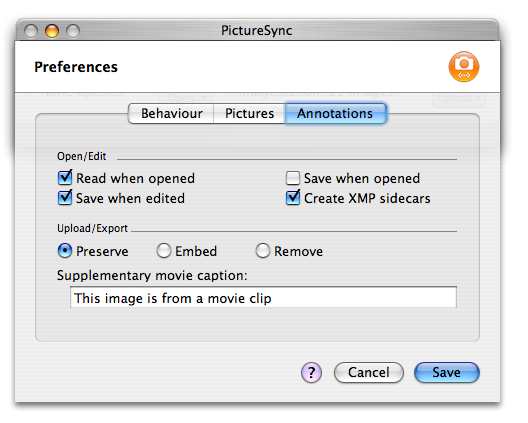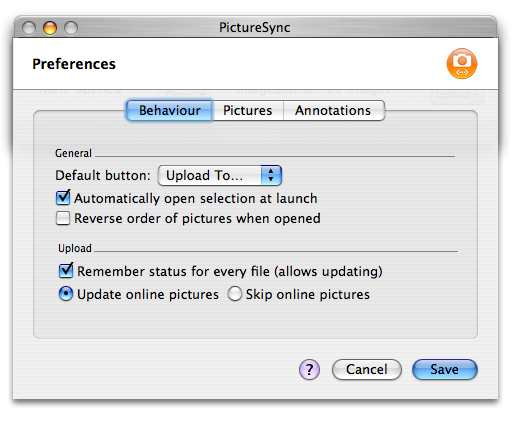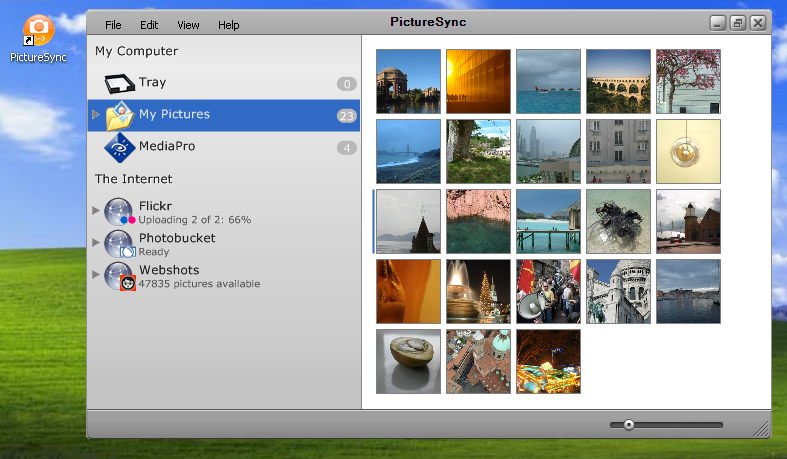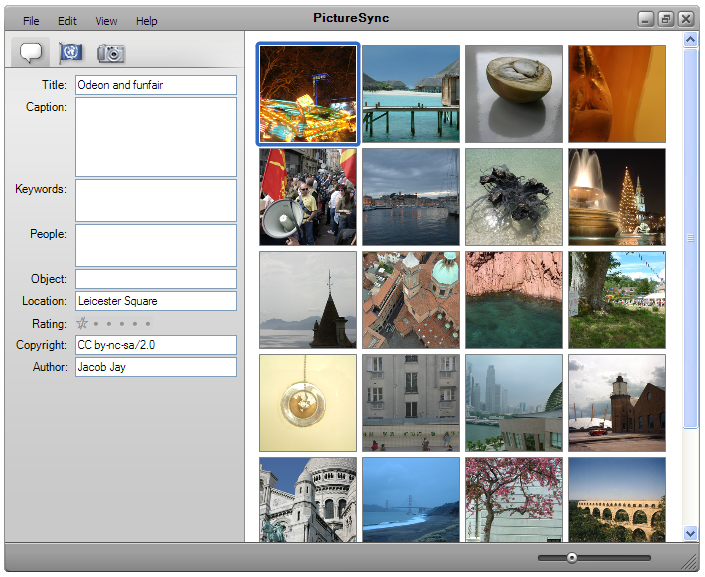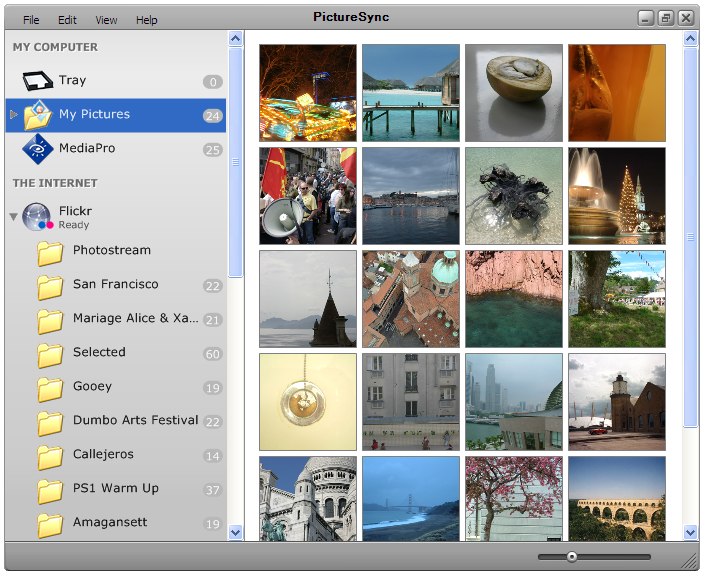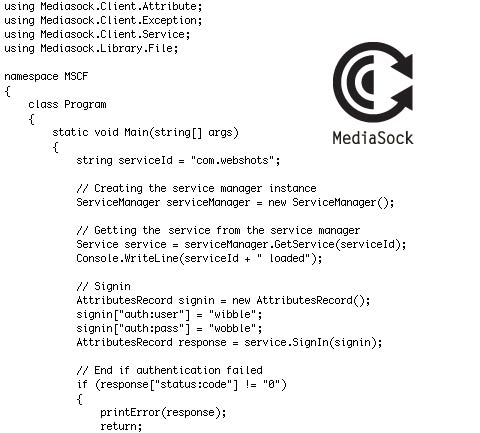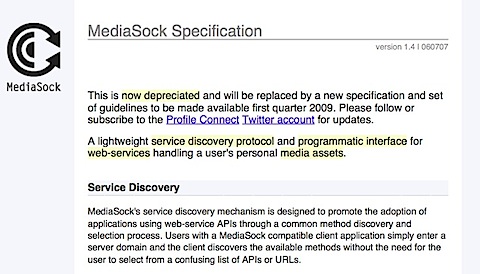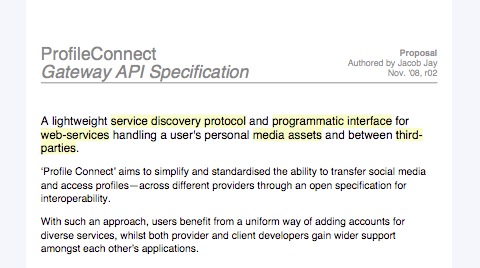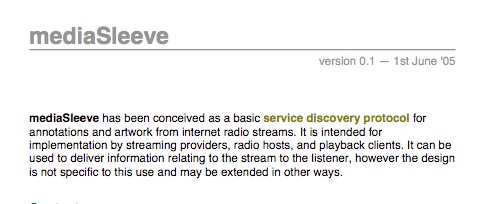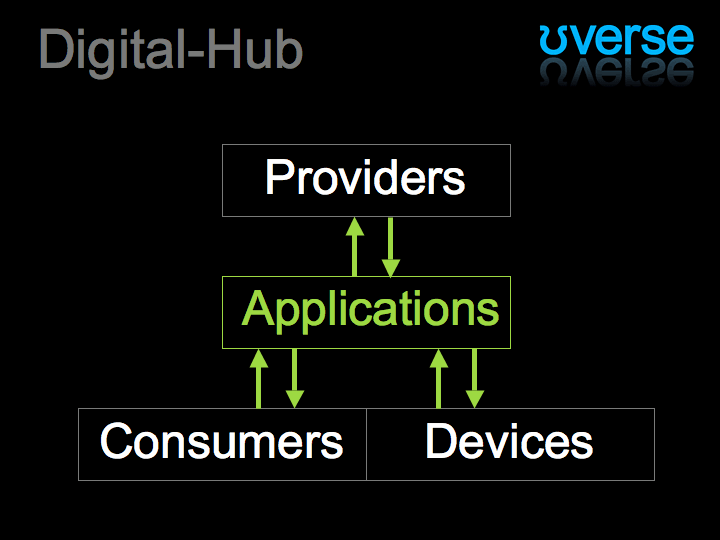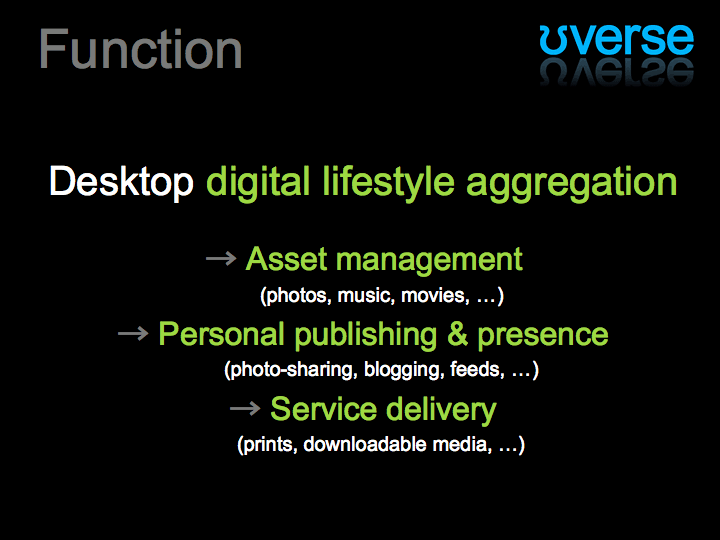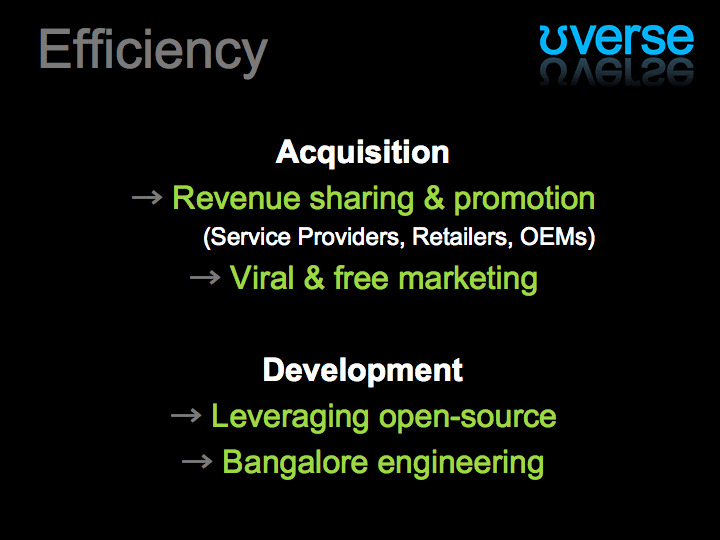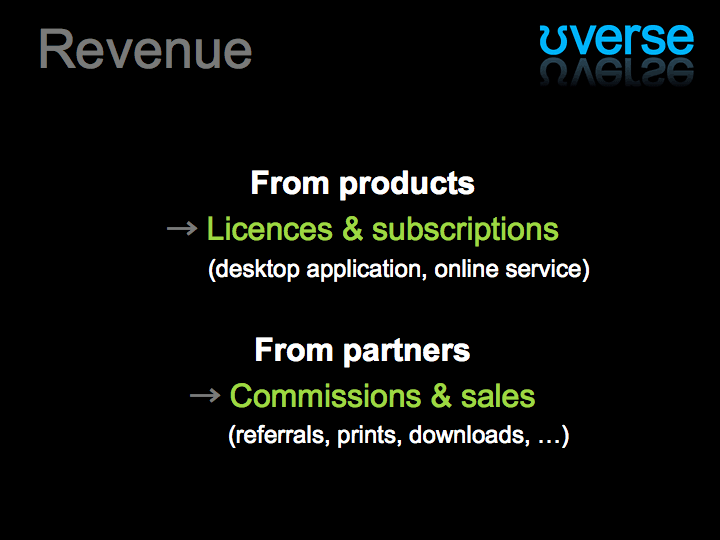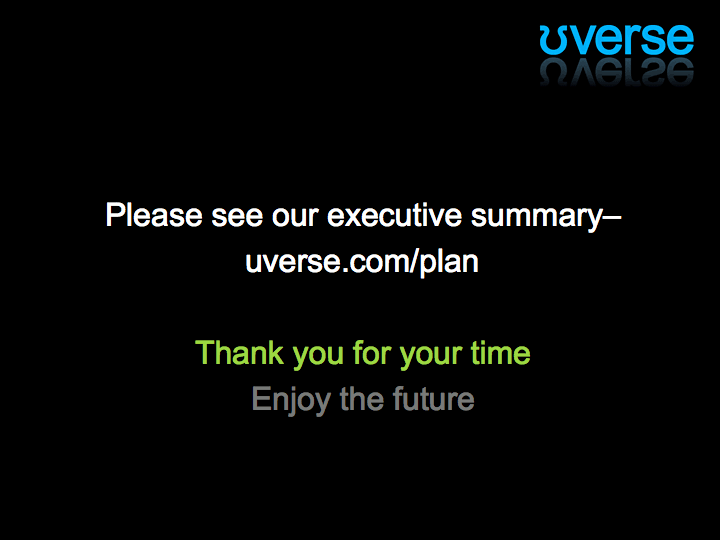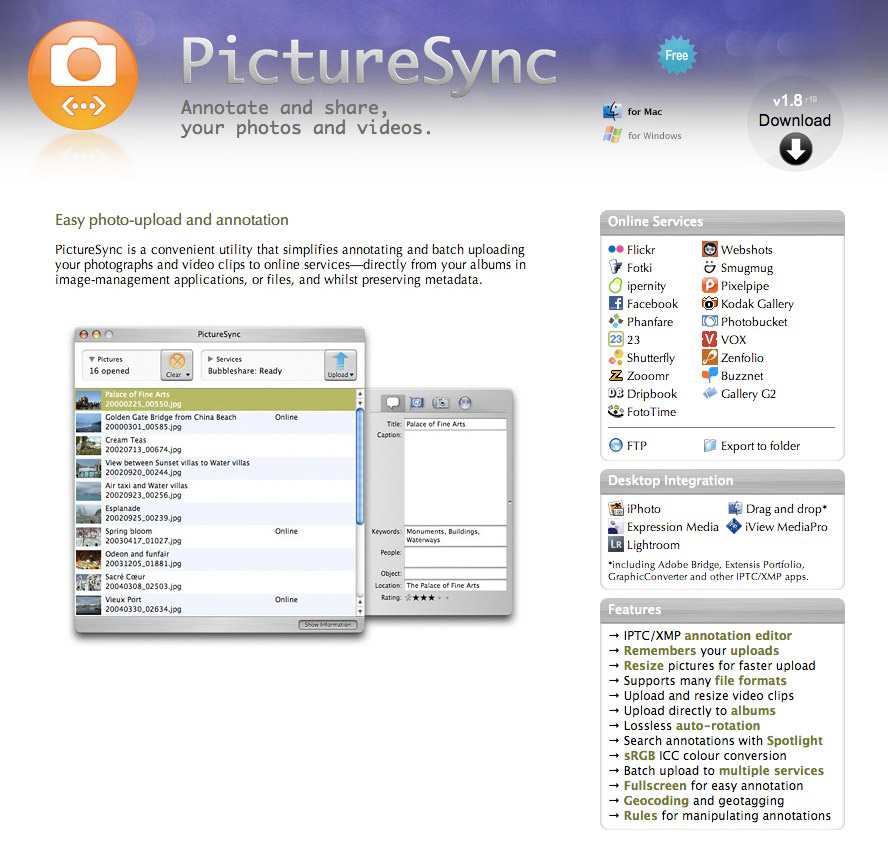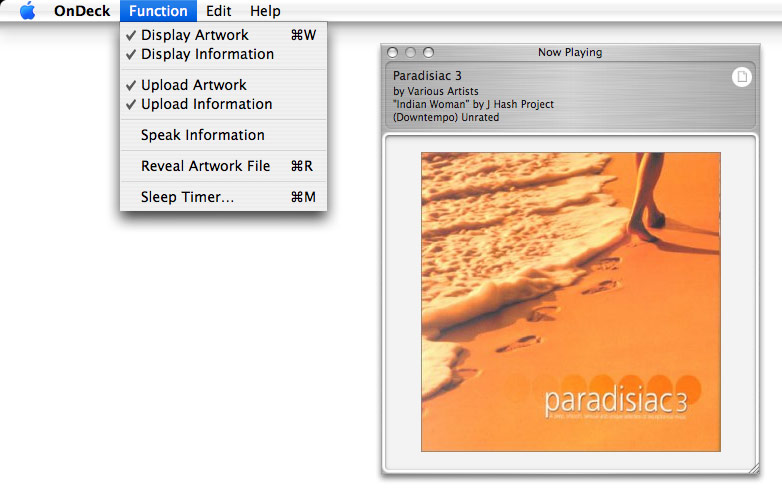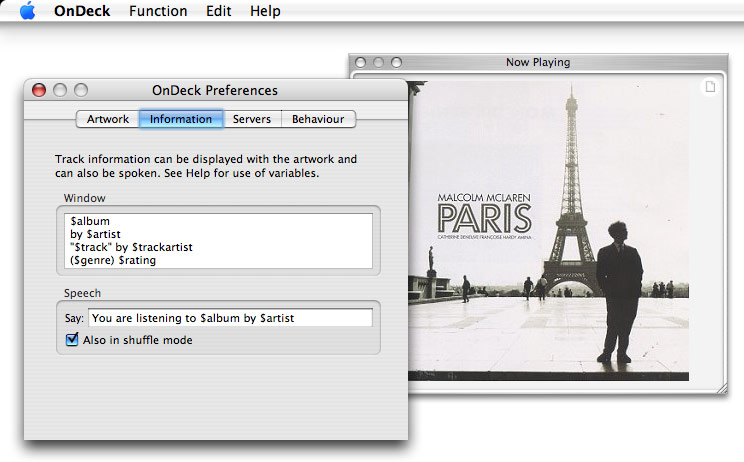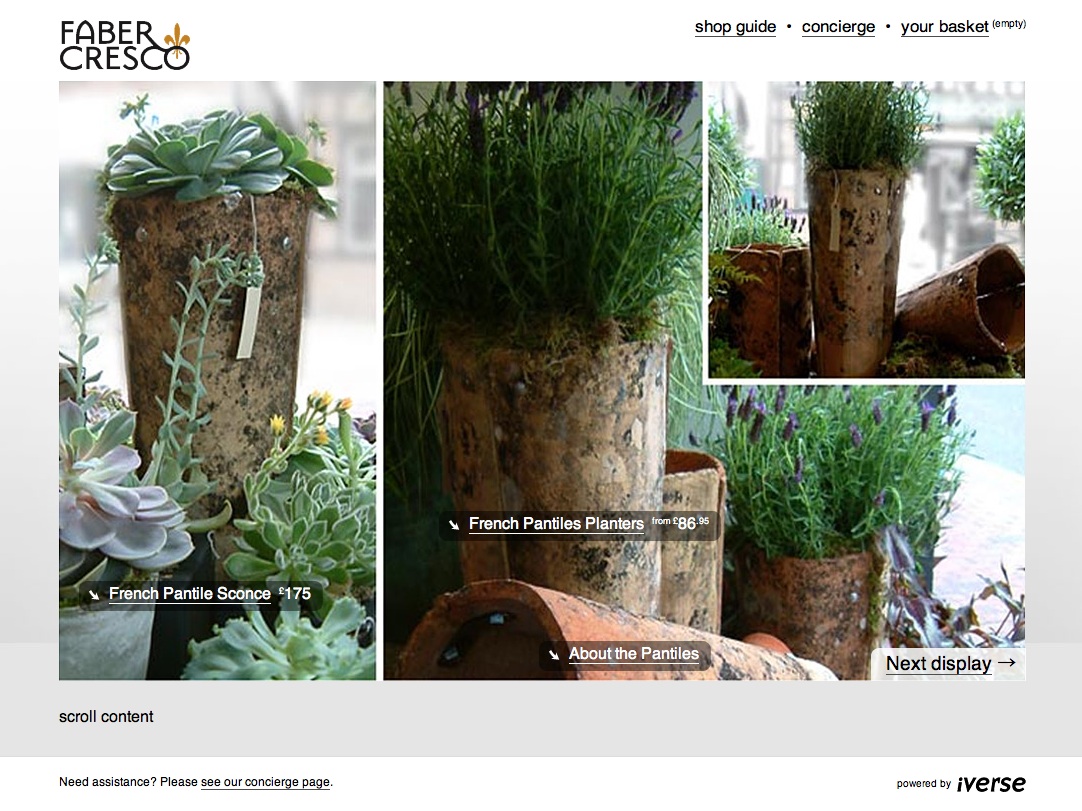15 projects for Verse
Folio Concept 2005
Product concept, branding and website for professionally-oriented photo portfolio service.
Types: Web; Roles: Design, Conception, Architecture, Photography; Functions: Photo, API, Content Management; Tools: CSS, MivaScript.
Innovations
- SaaS with SSL on MivaScript
- Flexible CSS boxes with custom edge and corner frames
- Research on hosting latencies for optimal single-location US deployment across metro areas
Features
Notes
Shelved; only design, architecture and prototypes were completed. Was to be developed in conjunction with PictureSync as desktop uploader and MediaSock as an open interoperability protocol.
Branding 2004
For an online identity services platform.
Types: Brand; Roles: Design; Functions: Tools: Illustrator.
Features
Website 2004
Mac software publisher
Types: Web; Roles: Design, Development, Architecture; Functions: API; Tools: CSS, MivaScript.
Innovations
- Combined version tracking and licence verification protocol (between webserver and desktop application), with an entirely web-based activation procedure (transparent licence key) [see the blog]
Features
- Purchasing integration with PayPal
- Software licence generation and activation
- Software version tracking and usage reporting
Branding 2004
Mac software ISV
Types: Brand; Roles: Design; Functions: Tools: Photoshop, Illustrator.
Features
Notes
For an analysis of elements, and an earlier version see the blog
PictureSync Mac Application 2004
Batch upload annotated images to web services
Types: Desktop; Roles: Conception, Management, Support, Sales, Marketing, Development, Documentation, Design, Architecture; Functions: Photo, API; Tools: AppleScript, CLI, FTP, HTTP, Metadata, Web Services, Xcode.
Innovations
- Optimised service addition and sign-in UI, including transparent post web authentication token retrieval (e.g. OAuth) using a simple 'becomes frontmost' check
- First application to upload both image data and annotations
- First application to interface between both multiple applications and multiple web services
- Comprehensive abstractions for web service behaviours with modular service plugin architecture including per-plugin version checking
- Co-branded builds with default sign-in prompts for service providers using an automated build system, and with provider-specific statistics (via a private website login)
- Only application to be able to upload images and then later sync the annotations (e.g. via Flick API)
- Only application to employ database-free metadata via file system extended attributes (i.e. for service upload IDs)
- Transparent licence activation after purchase on website
Features
- Integral image and metadata manipulation functions
- Support for multiple disparate web-service APIs for uploads with an aggregate progress UI
- Interfaces with the file system and external applications to collect data, including support for standards-based emebedded IPTC/XMP and XMP sidecar files for annotations
- Fullscreen view
Notes
Shelved 2009, with a few further mainteance releases, and mainly remaining functional.
Links
PictureSync Windows Application 2006
Modernise the architecture and UI of PictureSync for a new Windows application.
Types: Desktop; Roles: Conception, Management, Support, Design, Architecture; Functions: Photo, API; Tools: VisualStudio, C#.NET, Web Services.
Innovations
- Optimised service addition and sign-in UI, including transparent post web authentication token retrieval (e.g. OAuth) using a simple 'becomes frontmost' check
- First application to upload both image data and annotations
- First application to interface between both multiple applications and multiple web services
- Comprehensive abstractions for web service behaviours with modular service plugin architecture including per-plugin version checking
- Co-branded builds with default sign-in prompts for service providers using an automated build system, and with provider-specific statistics (via a private website login)
- Only application to be able to upload images and then later sync the annotations (e.g. via Flick API)
- Only application to employ database-free metadata via file system extended attributes (i.e. for service upload IDs)
- Transparent licence activation after purchase on website
Features
- Integral image and metadata manipulation functions
- Support for multiple disparate web-service APIs for uploads with an aggregate progress UI
- Interfaces with the file system and external applications to collect data, including support for standards-based emebedded IPTC/XMP and XMP sidecar files for annotations
Notes
With no experience doing Windows development nor a notable budget, this project involved hiring junior programmers, setting up an office in Bangalore, alongside a senior .NET architect (1/day week) whom provided guidance under my functional design. Whilst the team was disbanded upon its initial release due to change of my priorities, that version remainded functional for some years, and like the Mac version which had some ongoing development, remained the only application with such comprehensive service integrations.
Links
MediaSock Client Framework 2006
Abstraction framework for media-sharing web-services, utilising loadable modules, and a flexible properties architecture.
Types: Server; Roles: Conception, Management, Support, Sales, Architecture, Documentation; Functions: Photo, Framework, API; Tools: VisualStudio, C#.NET, HTTP, CLI, Web Services.
Innovations
- First library to enable use of common code and functionality with disparate service providers.
- Simultaneous classed data and string handling (suitable for AJAX-type web server deployment scenarios as well as desktop).
Features
- Standardised functionality: list/make albums, list/download/upload media.
- Initially available with modules for Webshots, Flickr, and Yahoo! Photos.
- Session saving (service dependant).
Links
MediaSock Protocol 2005
Lightweight service discovery protocol and web-service API to facilitate handling a user's media assets.
Types: Server; Roles: Conception, Development, Architecture, Documentation; Functions: API, Photo; Tools: HTTP, Web Services.
Innovations
- clients can utilise service discovery not only check with a low cost (i.e. via HTTP HEAD) if a provider supports the protcol, but also what methods and characteristics are supported by that provider (interoperability between clients and servers is notably not guaranteed by the protocol)
- designed from the outset for easy implementation by service providers; could be implemented simply atop existing page forms, using existing cookies for authentication and utilising other common API methods instead of requiring new implementations
Features
- choice of implementation models for service providers
- fixed-string XML and values allow parsing of responses without requiring a heavyweight XML parser
Notes
Implemented in PictureSync and by some web service providers. Building upon the process of abstractions undertaken in PictureSync, I attempted to define a specification that would be simple for both client and server developers to implement. Also see the ProfileConnect proposal for a specification that handles gateways.
Links
ProfileConnect Gateway API 2008
Abstract API methods from across multiple third-party prodivders into a normalised set of methods for use by clients with either intermediary gateways or end service providers.
Types: Server; Roles: Conception, Architecture, Documentation; Functions: API, Photo; Tools: Web Services.
Innovations
- Unlike the MediaSock specification which concerns itself with only endpoints (client and server), this specification attempts to deal predominantly with intermediaries (gateways), yet also still offers endpoint functionality. Thus its methods might be used alongside existing API methods fufilling specific functions (whether provider-specific, or generic such as MediaSock), or in a completely-abstract manner on their own to fufil the same functions. However in such an abstract manner the method naming does not reveal the functionality offered by a provider, as compared to non-abstract APIs, instead it must be discovered using introspection, or hard-coded relying upon established behaviours or assumptions.
Features
Notes
Proposal only.
Links
MediaSleeve API 2005
Define a specification by which online content providers such as radio streams, may provide metadata (e.g. album covers, song details) to client applications.
Types: Server; Roles: Conception, Architecture, Documentation; Functions: API; Tools: Web Services.
Features
Notes
This was a quick preliminary specification developed for use by OnDeck, but was never further refined nor deployed.
Links
‘Lumiere’ Business Plan 2005
Research and model a plan to further the development of PictureSync and aligned webapp projects.
Types: Miscellaneous; Roles: Conception, Design; Functions: Photo; Tools: PowerPoint.
Features
Notes
Whilst this project never went forward, I self-funded the development of an alpha version of PictureSync for Windows, whilst simultanesouly developing the MediaSock Client Framework and various client projects.
Links
PictureSync Website 2007
Seperate site with service-provider/affiliate specific branding and downloads via referrer or argument.
Types: Web; Roles: Design, Development, Architecture; Functions: API; Tools: CSS, MivaScript, PowerPoint.
Innovations
- Ability to serve a ready-to-use service-provider specific download, hiding the other supported providers from the user.
Features
OnDeck Mac Application 2003
View iTunes track artwork and upload to a website
Types: Desktop; Roles: Conception, Management, Support, Development, Documentation, Design, Architecture; Functions: Photo; Tools: AppleScript, CLI, FTP, HTTP, Metadata, Web Services, Xcode.
Innovations
- First and only application to avoid polling iTunes every second or so, and instead more efficiently poll by simply calculating when the track ends, thus avoiding undue CPU load
- Use of variables for configuring metadata preferences
- Creation of JPEG artwork from iTunes PICT wrapper
- First application to provide artwork upload
Features
- Locates artwork from disk, or extracts from iTunes
- Integrated Last.fm scrobbling
Notes
Retired 2007, but remains functional.
Links
Branding and Stationery 2003
Types: Brand; Roles: Design; Functions: Tools: Illustrator, InDesign.
Features
Marketplace 2009
SaaS platform for small independant retailers, with a focus on curation and provenance, including product blogs and stock-control.
Types: Web; Roles: Design, Conception, Architecture; Functions: Content Management, E-commerce; Tools: CSS, Moonstalk, jQuery.
Innovations
- Customisable magazine style multi-product 'display' layouts, using an impactful large format image tagged with the products, with their data (price, links) automatically populated.
- Uncluttered single product layouts with clear call to actions and availability.
Features
Notes
Prototype only (the development of this project subsequently became the Moonstalk framework).

